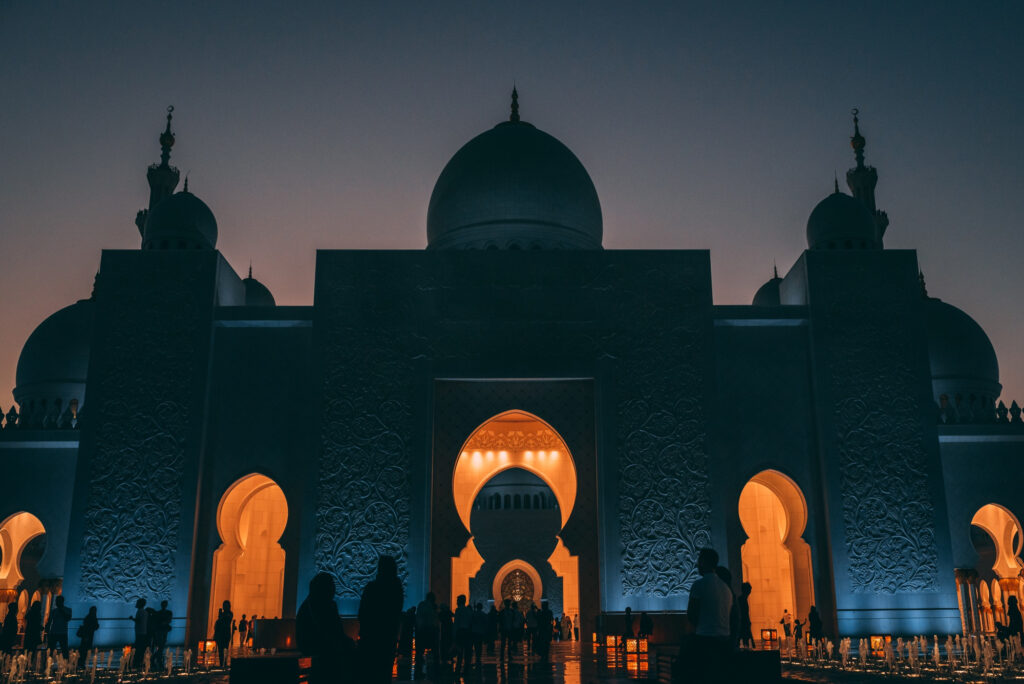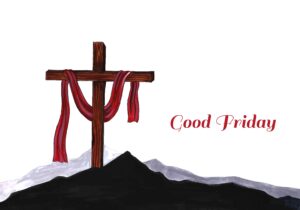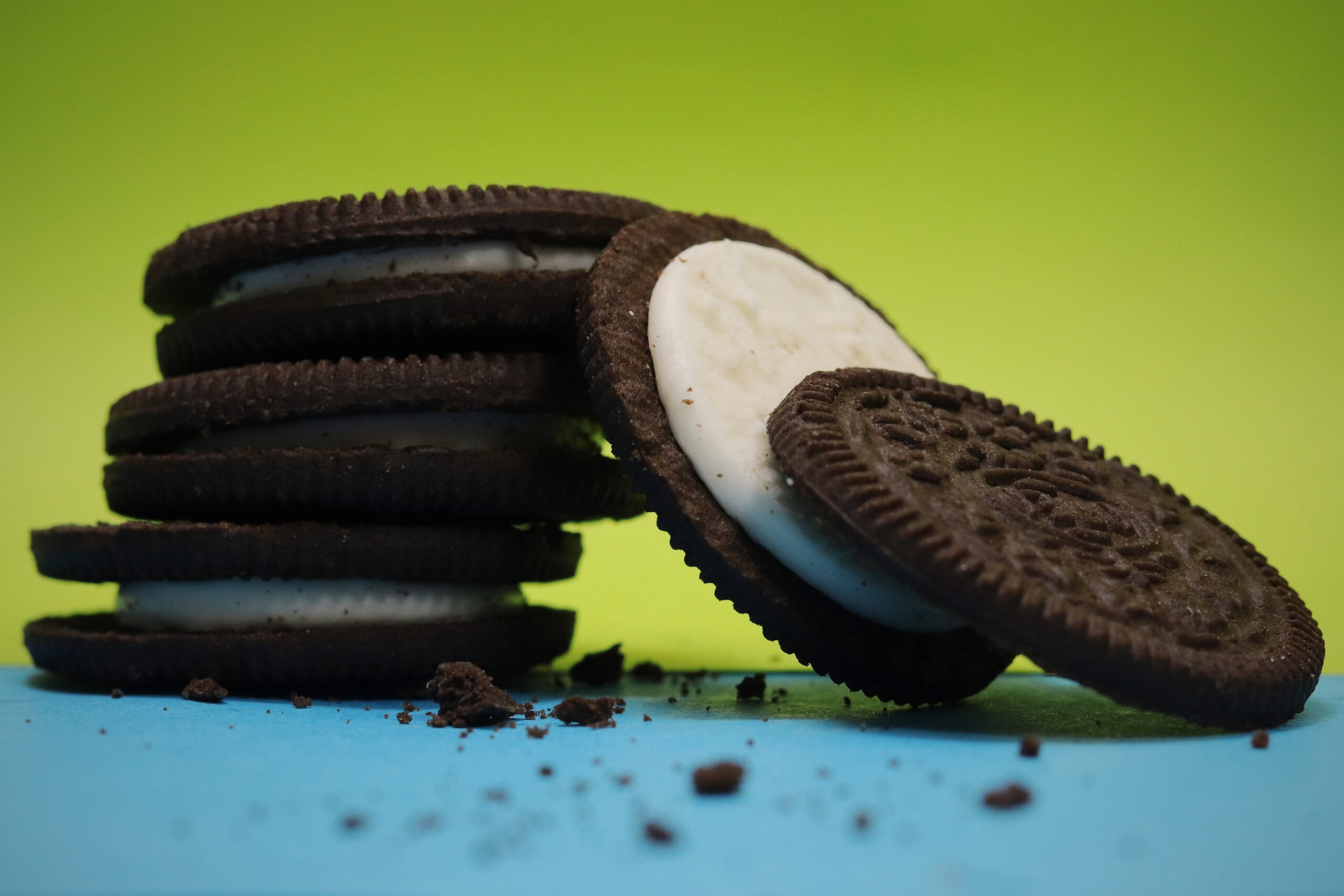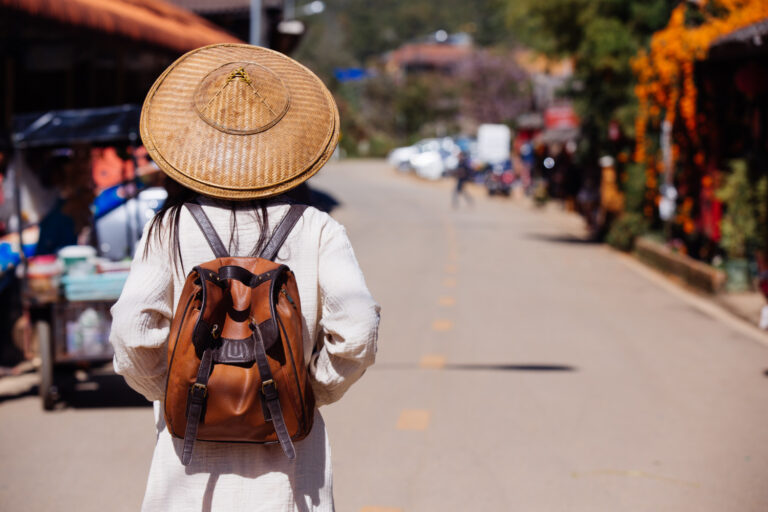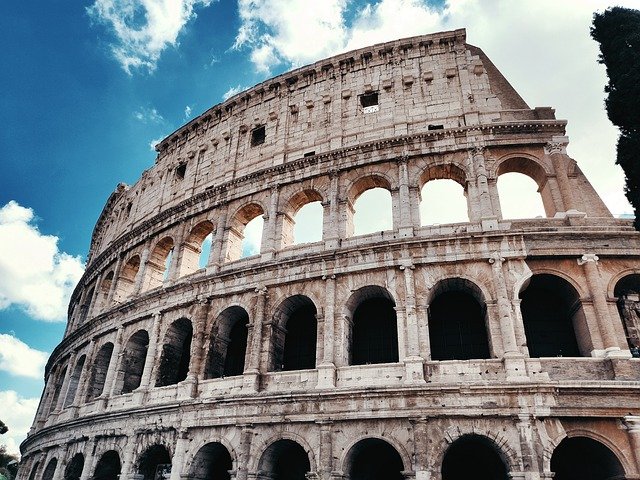This Muslim holiday honors the Night Journey of Prophet Muhammad in the year 621, considered both a physical and spiritual journey from Mecca to Jerusalem, which was followed by the prophet’s ascension to heaven. The event takes place starting on the 27th day of the Islamic month of Rajab, which varies according to regional culture or moon activity.
Holiday Background
These events are mentioned in supplemental sections of the Qur’an, called Hadith literature. The Qur’an alone mentions the journey briefly, only saying that Muhammad was taken to Jerusalem in order to see divine signs.
Isra and Mi’raj commemorate Muhammad’s journey and ascension with a two-part ceremony. In the tenth year of his prophecy, the angel Gabriel took him to Jerusalem, where Muhammad prayed at the Temple of Solomon in the company of Moses, Abraham, Jesus, and other religious figures. Muhammad then ascended from the temple mount, being carried by Gabriel, where Allah instructed him to institute the five prayers ritual for Muslims.
The first part of the journey, Isra, includes the portion traveled from Mecca to the furthest mosque, the location of which has been widely debated. Some believe it is the Dome of Rock in Jerusalem. The second part, Mi’raj, is when Muhammad was brought to heaven and then to hell. This is also the part where he received the Islamic prayer instructions. Views differ on what parts of the journey were spiritual and which parts were physical.
These events are mentioned in supplemental sections of the Qur’an, called Hadith literature. The Qur’an alone mentions the journey briefly.
Traditions
There is no official method of celebrating Isra and Mi’raj. In many Islamic countries, the holiday is called Lailat al Mi’raj, a Muslim festival celebrating the journey. The rituals associated with the Isra and Mi’raj vary according to culture and sect. General customs include reading and listening the story in private or in a mosque. Buildings may be decorated with flowers and lights. Prayers on this night are considered optional.
Many people gather for a meal and singing, which often encourage children to learn about the story of the journey. Evenings are sometimes filled with prayers and services at Mosques, but many Muslims prefer to observe these customs privately. Some celebrations last one day while others last two. In the United States, conferences about the journey are held, and many Muslims honor the day by educating people and young Muslims about Islam. The focus of commemoration is to give thanks and mature spiritually.
Salat
A fundamental aspect of Muhammad’s journey is the instruction of the Islamic prayer. Called Salat, this became one of the Five Pillars of Islam. The ritual requires five separate prayers, performed from sunrise to nighttime. Muslims wash themselves before praying and face the direction of Mecca. Specific prayer positions align with each prayer, such as bowing, standing sitting, and prostrating.
About Muhammad
Muhammad, a main prophet of Islam, was a military and political leader along with a religious one. He was born in Mecca around 570 AD. An orphan put into the care of his uncle, he made money as a merchant and shepherd in his early life, marrying at 25. He reported his first revelation from God at age 40 while visiting an isolated cave he frequented for meditation and prayer, publicly talking about these revelations three years later. This initial revelation said that the only way to please God is to completely surrender yourself to God and that Muhammad was a prophet.
After collecting followers, Muhammad fled to Medina to escape persecution from tribes in Mecca. This is what would come to be known as Hiijra, the start of the Islamic calendar. Muhammad found more success in Medina, where he drafted the Constitution of Medina—one of his more political acts, as this charter included Jewish, pagan, Christian groups as well in the agreement of religious freedom.
After his success in Medina, Muhammad took control of Mecca peacefully using his now much larger group of followers in what is known as the Conquest of Mecca, ridding the city of pagan idols and temples. Muhammad then sent his followers to continue this demolition of the pagan religion to other pagan centers throughout Eastern Arabia. Muhammad died of illness in 632 shortly after going to Mecca for The Farewell Pilgrimage, during which Muhammad believed he was on his last pilgrimage before his death.
Muhammad’s legacy credits him with the spread of Islam throughout the Arabian Peninsula, uniting the area under a single religion that ended up intertwining itself closely with politics. The result was a united area that had been previously plagued by religious and political division.















